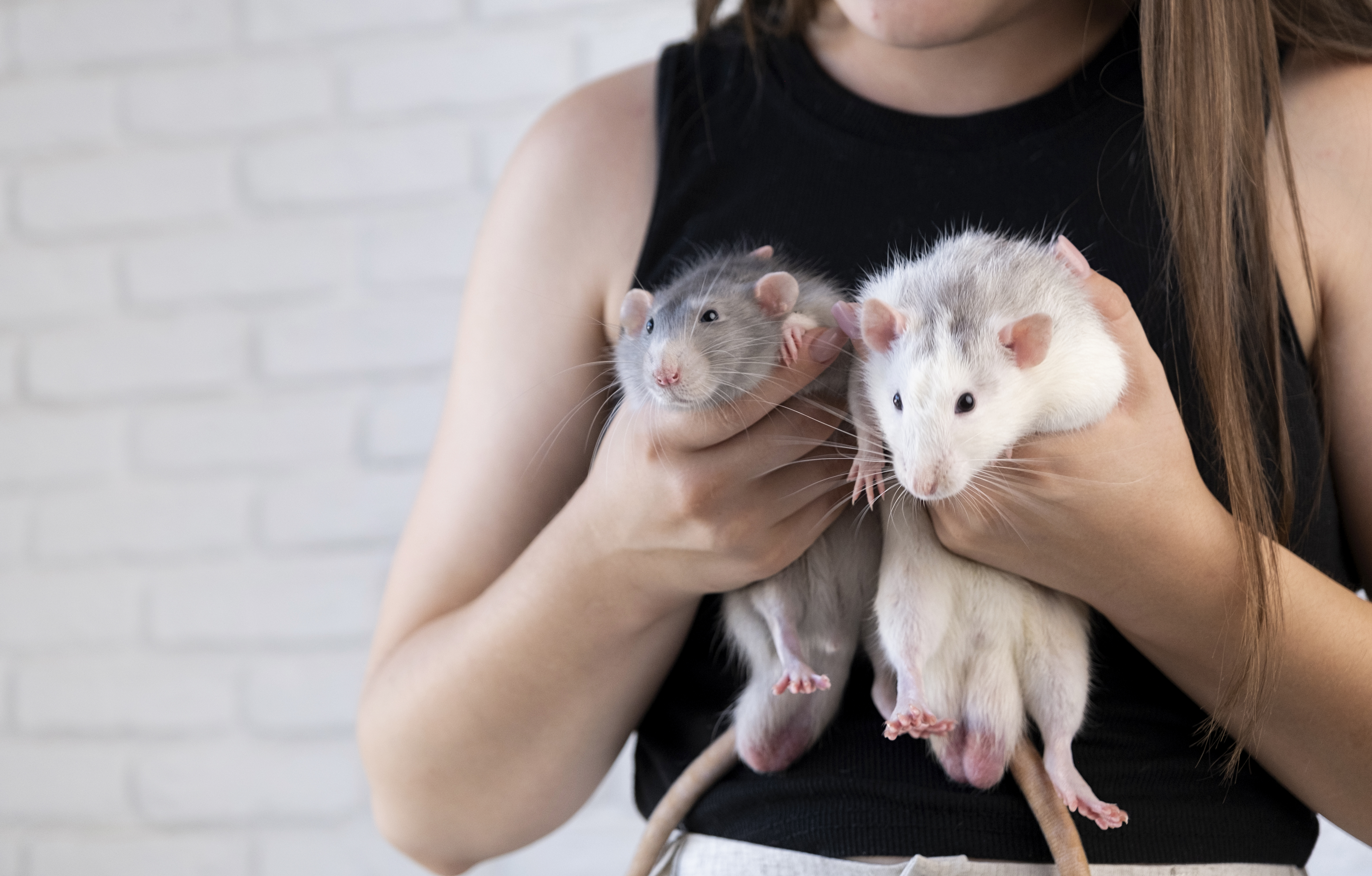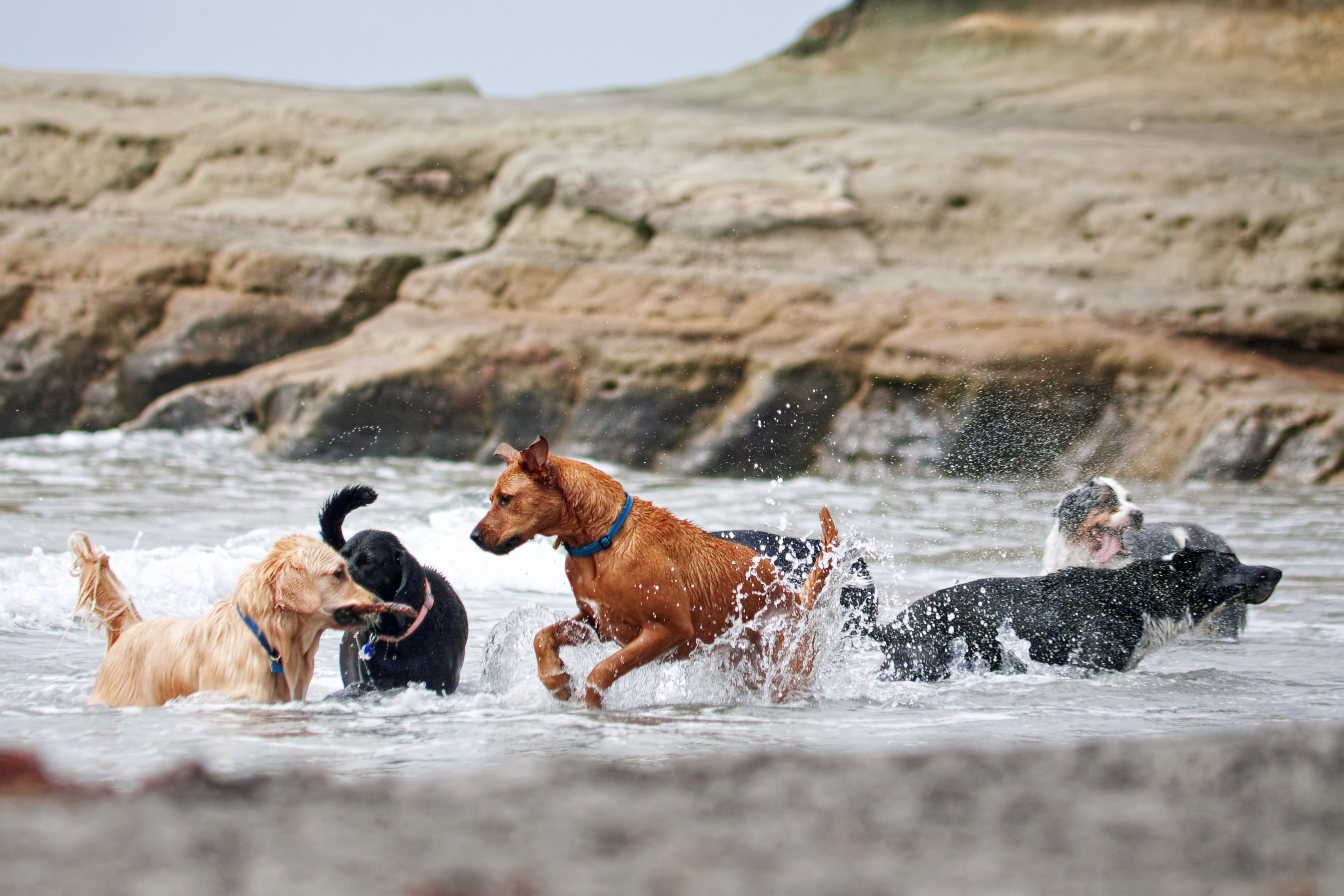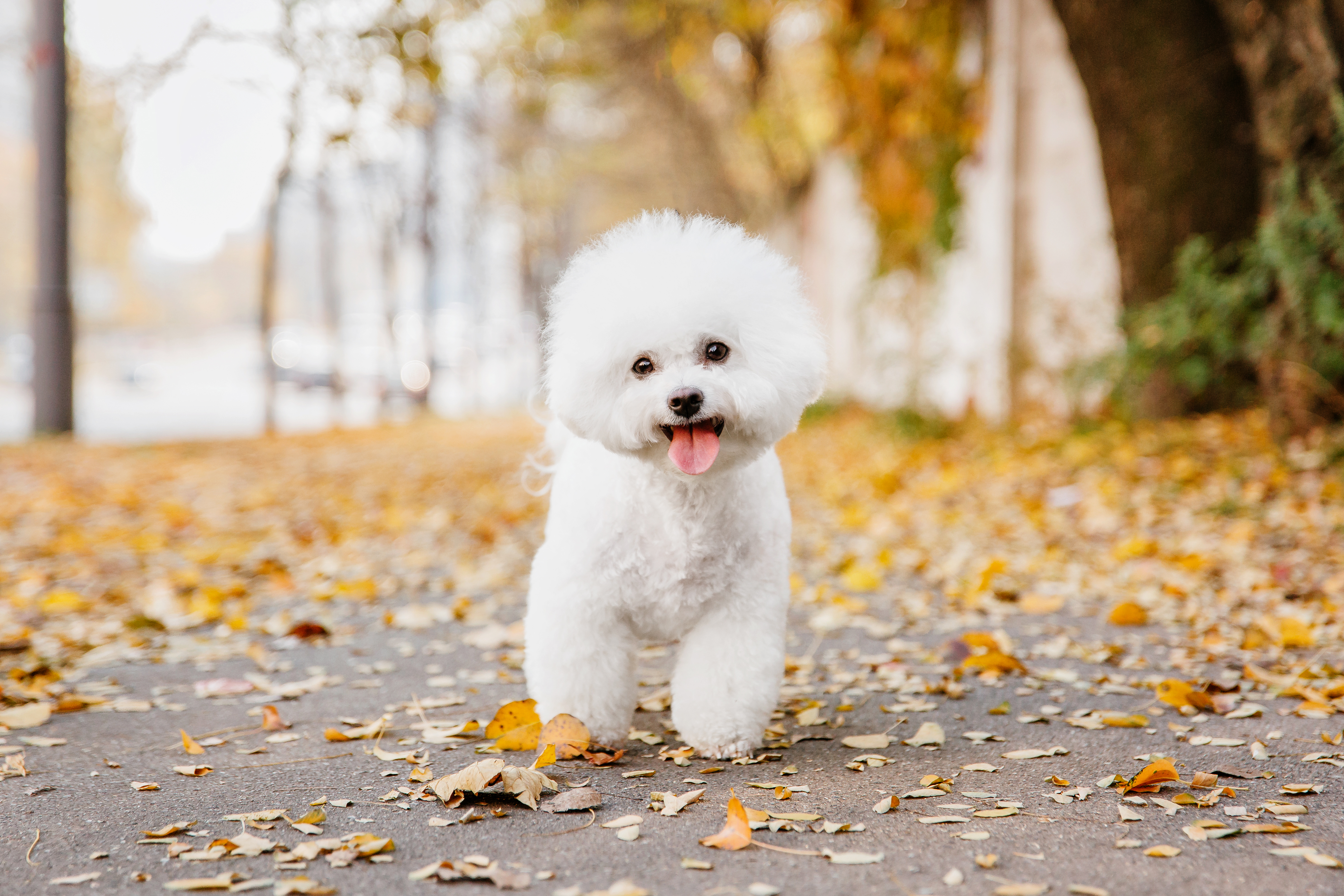How To Clean Your Dog's Ears
Keeping your canine companion in tip-top shape means keeping them well-groomed. This goes beyond combing your pup's coat and clipping their claws. It also involves making sure their ears are dry and clean. A dog's ears are more complex than a human's, as they have both vertical and horizontal parts. The horizontal part of their ear canal can trap debris since it doesn't just need to go out; it also needs to go up. If the debris remains in the ear canal, it can cause infections. If you notice your dog scratching or pawing at their ears, rubbing them on the floor or furniture, or shaking their head, it's time to hold those ears up and take a peek inside.
Verify Their Ears Actually Need Cleaning

Not all dogs need their ears cleaned. Some have naturally clean ears that require little attention to stay healthy. You should leave these dogs alone, as cleaning their ears too much can lead to irritation or even an infection. Because of this, you should verify their ears actually need cleaning before you begin. To do so, get your dog into a comfortable position. Gently grasp an ear and hold it up. A healthy ear is pink and some wax is normal. Do you see a lot of wax or dirt? Is there a discharge or bad, yeasty odor? If so, you should proceed with cleaning. However, if the dog's ear canal seems swollen or red, get your veterinarian's opinion. Your dog could have an infection that requires medication.
Use Cotton Pads Or Balls

You don't need special tools to clean your dog's ears. You can use cotton pads or balls, a towel (since your dog will need to shake their head at some point), and a cleaning solution. You might be tempted to use a cotton swab, but those often cause problems, as the pointed tips can push dirt and wax deeper into the ear canal. They can also damage the eardrum by causing a perforation. Once you squeeze the cleaning solution into your dog's ear, gently massage the base for at least thirty seconds. Your dog should shake their head after this, so be sure to protect yourself with the towel and wipe up any splatter. Now it's time to grab the cotton balls or pads. Wipe their ear, but be careful not to push the cotton in too deep. Let your dog shake their head a few times and continue using the cotton pads to clean out the loosened debris.
Topical Astringent

Astringents cause body tissues to constrict. They're often antimicrobial, reduce inflammation, and cleanse the area where they're applied. They typically have a drying effect and can contain alcohol. Many topical astringents for dogs use ingredients like witch hazel. Because they dry out quickly, they prevent liquid from being trapped in a dog's ear canal. This is also handy if your dog likes to swim or if you bathe them. If using an over-the-counter topical astringent on your dog's ears, be sure to carefully read and follow the directions. Some, like witch hazel, need to be used in small amounts. Look for astringents that aren't alcohol-based, and keep them from your pup's reach, as ingesting them could be dangerous.
Ask Vet For Recommended Products

With such a wide array of ear-cleaning products to choose from, picking the best one for your dog can be confusing. To add another layer of complication, if your dog has ear mites or an infection, they might need to either use or avoid a particular product. Ask a vet for recommended products that fit your dog's needs. For example, your dog might need a cleaner that helps remove excess wax. The good news is your veterinarian will know this. The vet will also be able to determine if your dog needs further treatment or a prescription. They can show you the proper ear-cleaning technique and may even be able to give or sell you a product right in the office.
Avoid Hydrogen Peroxide

Hydrogen peroxide is an antiseptic that cleanses and disinfects. It has a wide variety of uses, and some individuals believe it's a good product to mix with water and use on their dog's ears. This is false. While it does have many good properties and uses, it can damage your dog's ears, as they are quite sensitive. Hydrogen peroxide isn't gentle enough to use in such an important, delicate area. It can irritate the ears and lead to serious damage. It's especially dangerous to use if the dog has minor wounds or an infection in their ears. It can exacerbate the problem and be painful. Having their ears cleaned is already a stressful event for pups, and if they associate it with something painful, it will make cleaning more difficult in the future. Stick with veterinarian-approved products and avoid hydrogen peroxide.







